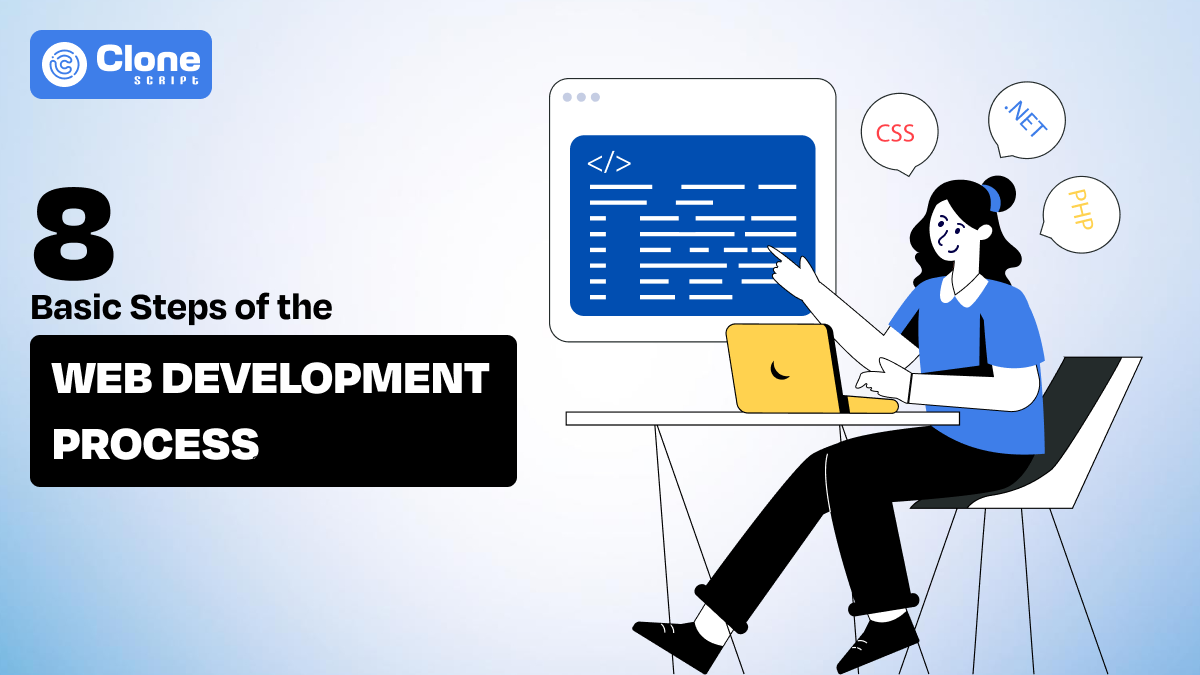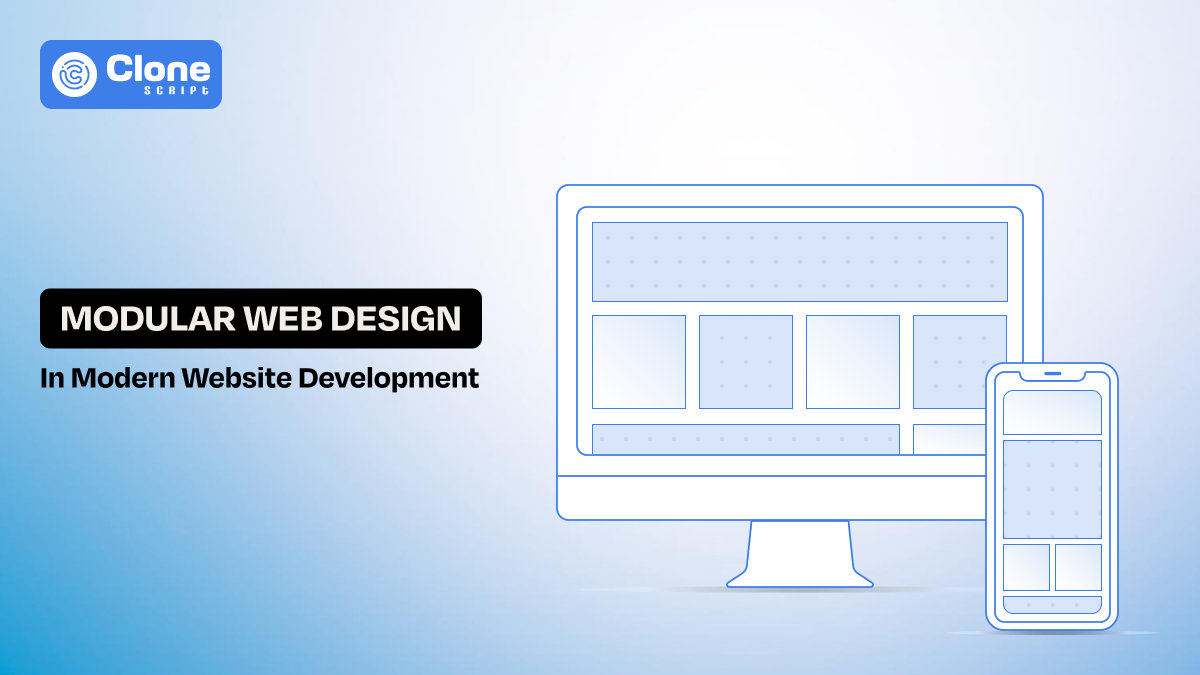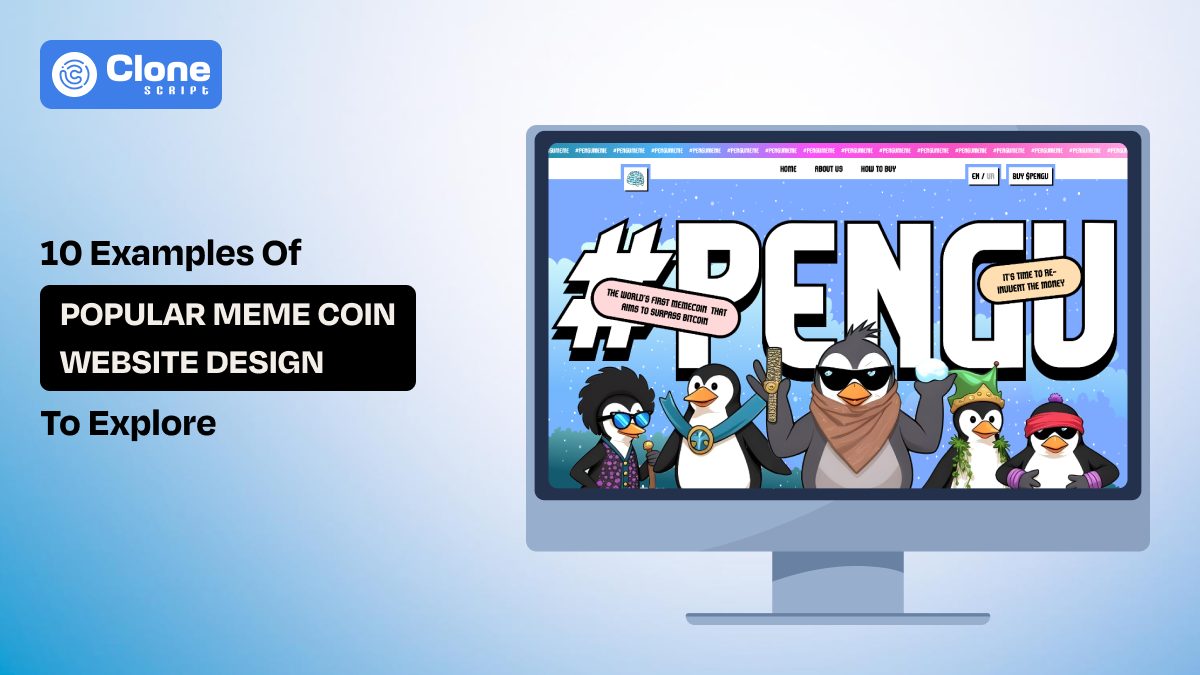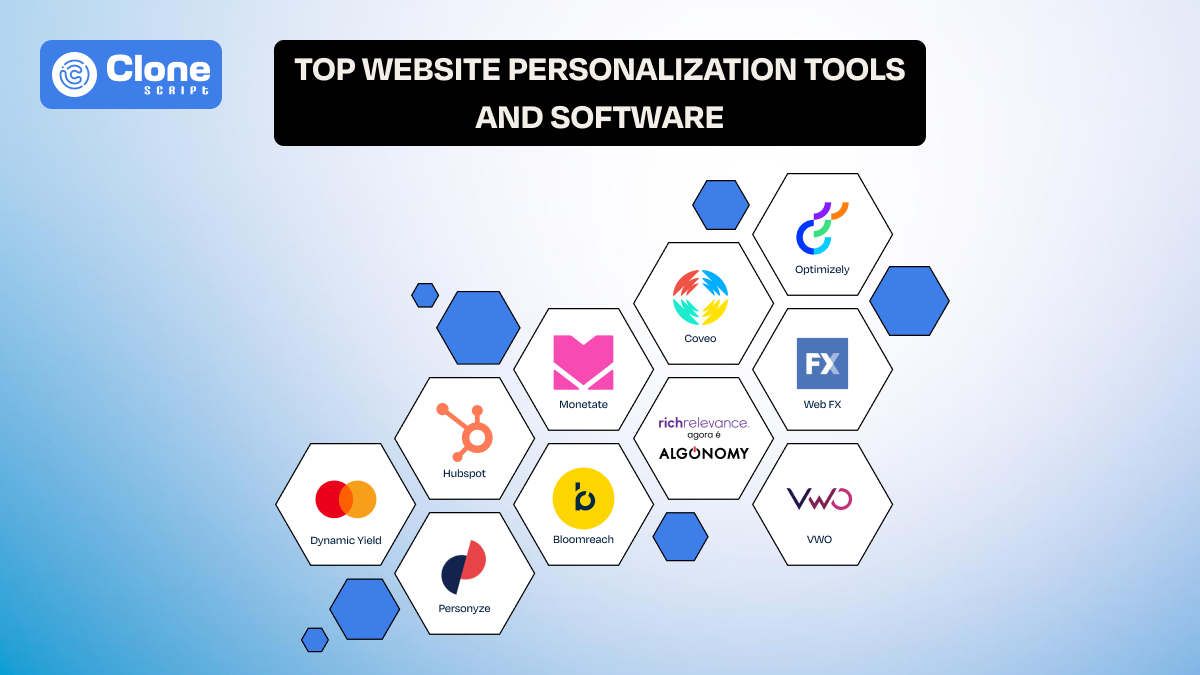8 Basic Steps of the Web Development Process
Building a website has become necessary for individuals or organizations who want to reach a mass audience. However, this may not be a familiar process for everyone. So we’re here with a guide to make you all familiar with all the basic steps of the web development process. This guide will break down the eight basic stages of web development, taking you to a complete website from a concept.
1. Define Your Project
This is a foundational step that involves understanding your website's purpose. What are your goals? Who is your target audience? What functionalities do you want to add to your website? Clearly defining these aspects ensures your website is built on a solid foundation, will represent your website’s purpose correctly, and will reach out to your target audience.
2. Web Design
This is the creative side of the web development process! An effective web design can translate your project goals into a user-friendly and visually appealing website. This stage involves creating wireframes (site blueprints) and mockups (visual representations) to define the website's layout, structure, and overall aesthetics.
Figma and Photoshop are commonly used platforms for designing websites. Sometimes, the web designing process may look time-consuming and expensive. Expert designers may charge high fees for designing a website. In this case, you can explore pre-designed websites to save time and costs. However, if you want a custom design for your website, then we can help you with some Freelance web UI/UX design services at affordable rates.
Such IT products are popularly known as web UI kits or web UI design kits. Mostly, they’re designed in Figma and available for almost all major business concepts. However, you may need to customize them as they may not completely match your requirements. So, if you’re going to buy a Figma UI design kit for your project, then prefer purchasing customizable design kits.
3. Frontend Development
This stage brings the web design vision to life. Frontend development, basically user-side development, refers to translating mockups into code using technologies like HTML, CSS, and JavaScript. This is the interactive portion of the website that users see and interact with.
However, this step can be replaced by time-saving solutions like Figma to HTML conversion or web templates. If you’ve got a Figma web UI design kit and you lack the funds or expertise to convert it into frontend code, then some Figma to HTML conversion experts can help you do it. Or you can directly get the frontend-ready website with a web template. Defining a clear requirement and purchasing a responsive and customizable template is a must.
4. Backend Development
While the frontend is the user-facing part, the backend is the engine that powers the website. Backend development refers to writing code to handle server-side functionalities like database interactions, user logins, and complex logic. Just like other expertise, this expertise can be outsourced too. You can find some expert backend developers to execute successful backend development.
5. Content Creation
Compelling content is the key to attracting visitors. It is something that adds life to your website and engages visitors. This stage involves writing website copy, creating visuals like graphics and videos, and populating the website with informative and valuable content. The content of the website must be SEO-optimized and relevant to your business to engage authentic visitors.
6. SEO Optimization
Search Engine Optimization (SEO) is something that helps people find your website on popular search engines like Google, Bing, etc. By optimizing your website's content, structure, and technical aspects, you can improve its ranking in search results for relevant keywords, which may cause organic traffic. SEO experts can help you with some of the best on-page and off-page optimization practices to rank your website higher in search results.
7. Testing and Launch
Before launching your website, it must undergo rigorous testing. The testing must be done very carefully and with great attention to detail. You need to test the website on different devices and browsers to identify and fix any bugs or functionality issues. Expert testers can help you with such QA and testing to help you find bugs and functionality issues so that you can fix them before launching. Once everything on the website works flawlessly, you can consider your website ready to launch and make it live!
8. Maintenance and Updates
Every website requires ongoing care for continuous growth. Instead of considering this a final stage, we must consider it a continuous process. It involves pushing regular updates to website software, modifying content according to trends and keywords, optimizing performance, patching website security, and monitoring website analytics. Regular maintenance and necessary actions ensure your website remains secure and functional and provides a positive user experience for visitors.
 BTC - Bitcoin
BTC - Bitcoin
 USDTERC20 - USDT ERC20
USDTERC20 - USDT ERC20
 ETH - Ethereum
ETH - Ethereum
 BNB - Binance
BNB - Binance
 BCH - Bitcoin Cash
BCH - Bitcoin Cash
 DOGE - Dogecoin
DOGE - Dogecoin
 TRX - TRON
TRX - TRON
 USDTTRC20 - USD TRC20
USDTTRC20 - USD TRC20
 LTC - LiteCoin
LTC - LiteCoin







